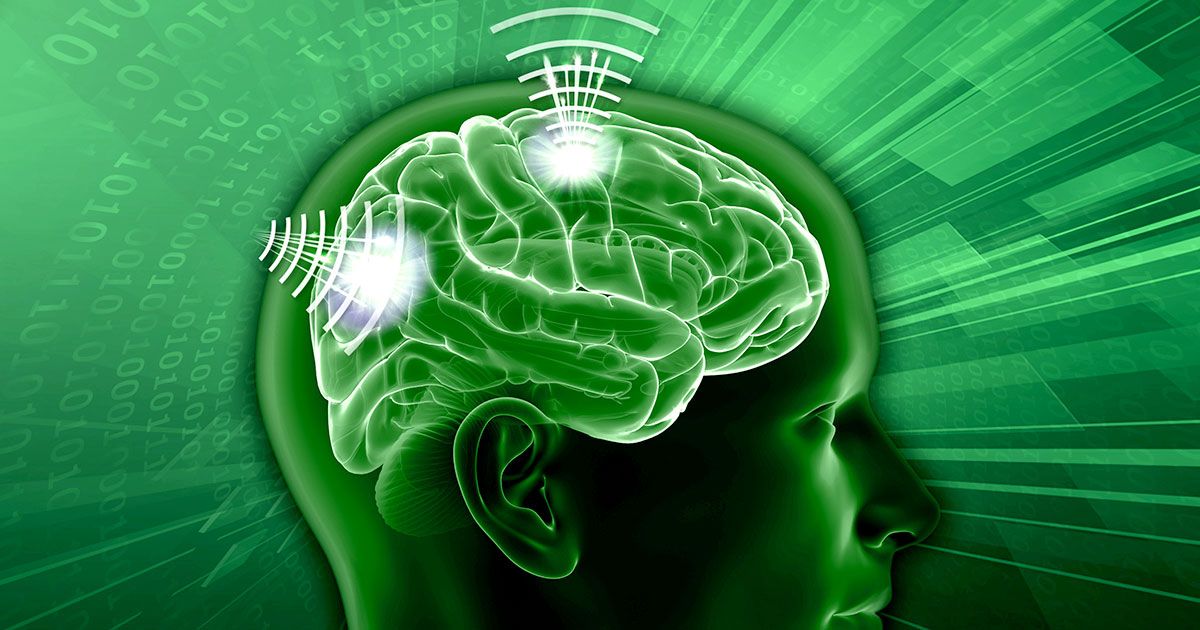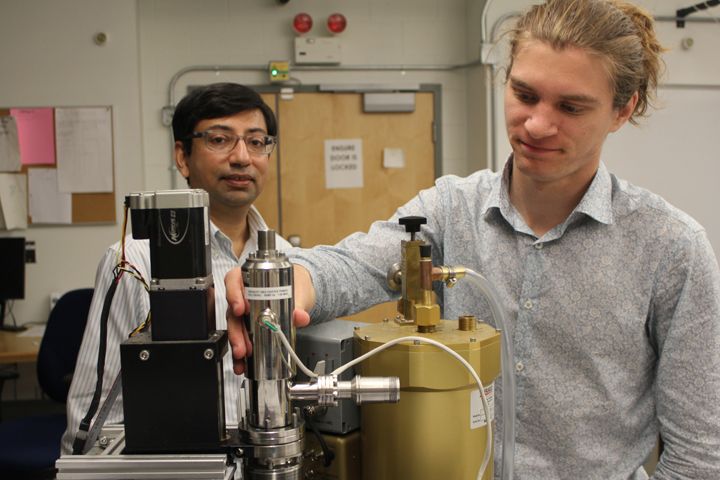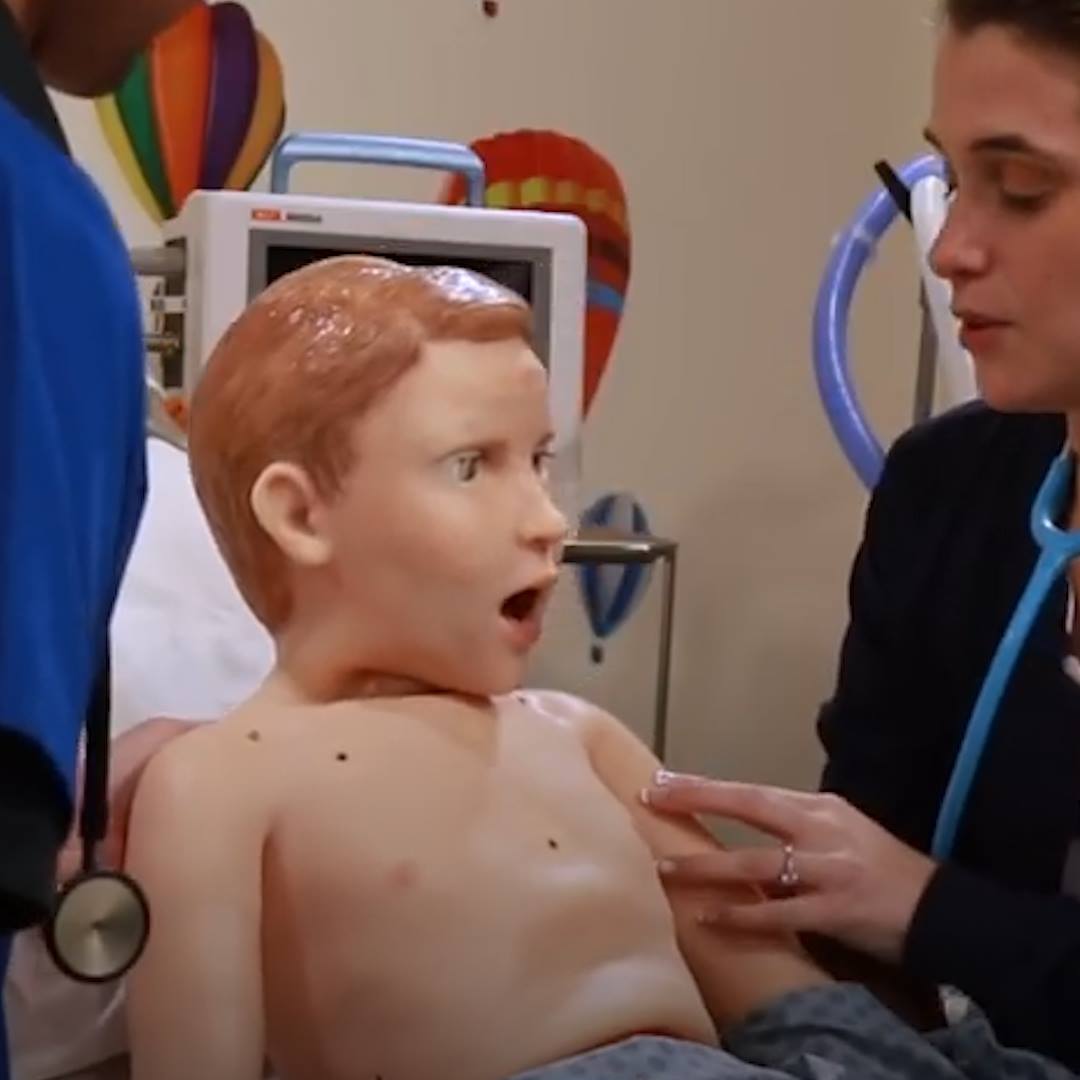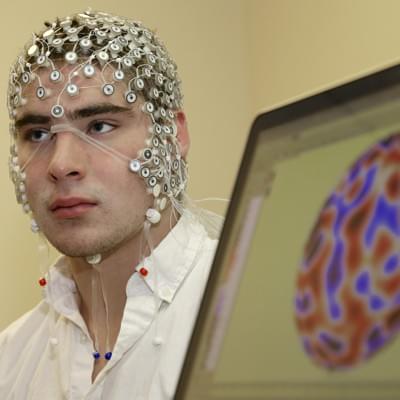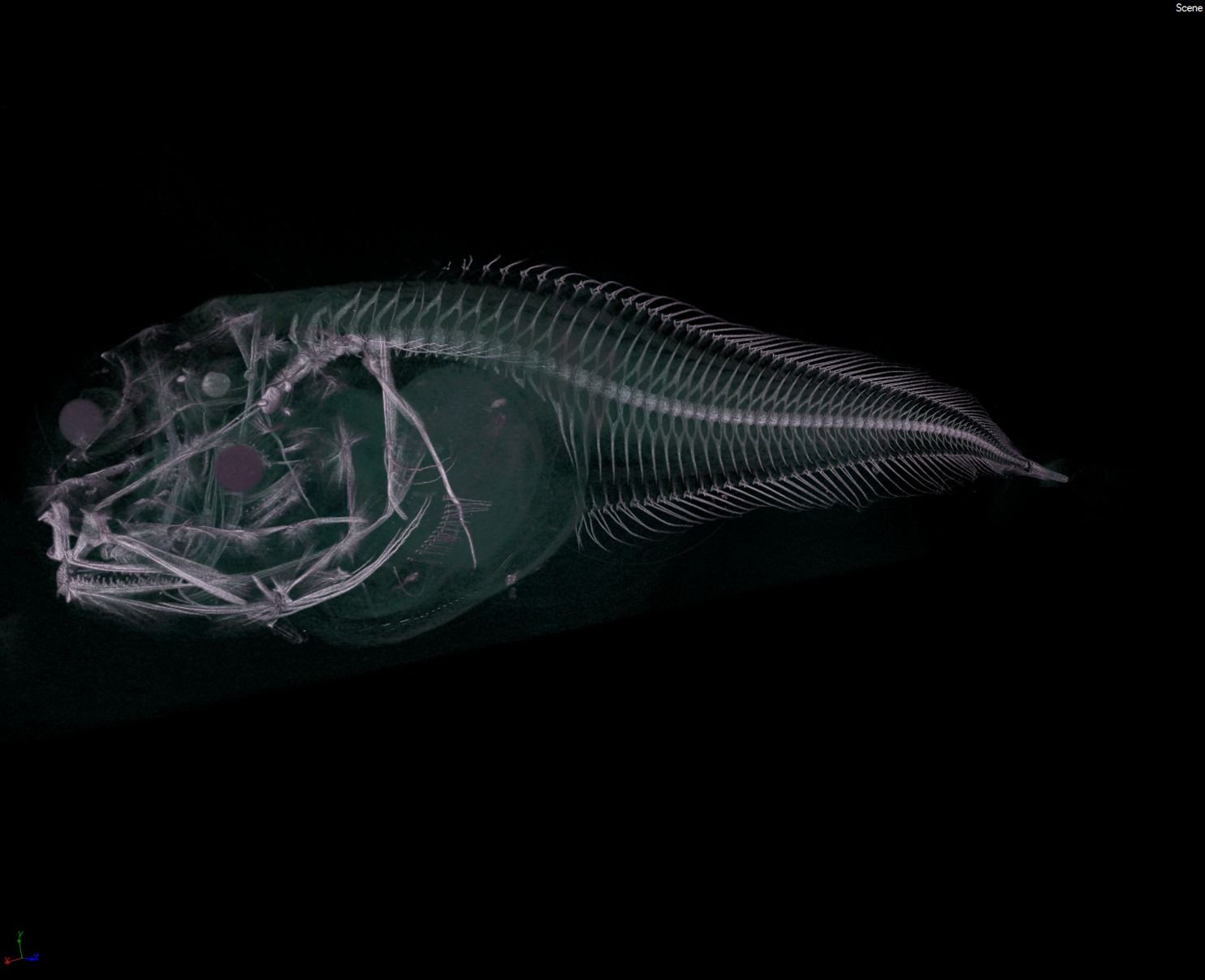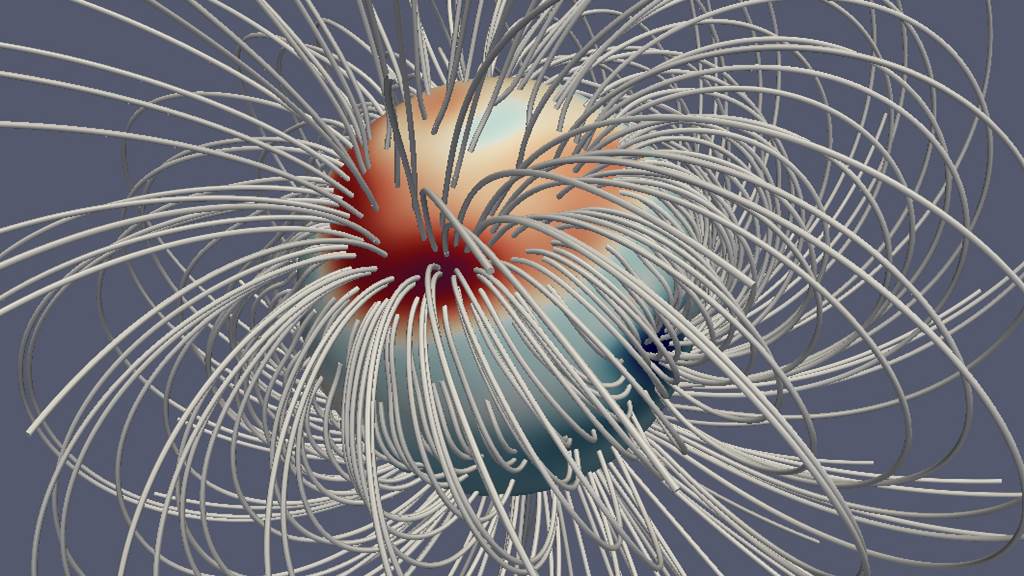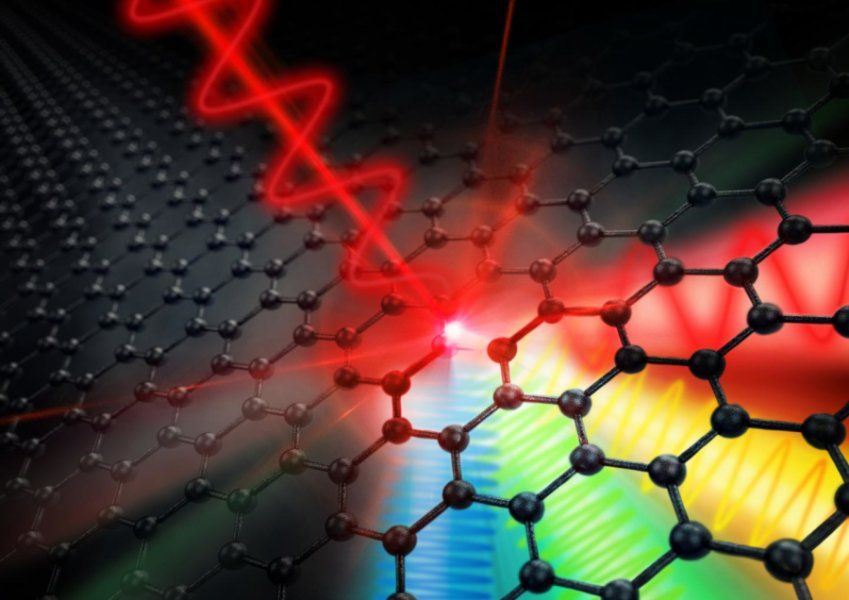Sep 12, 2018
DARPA Wants Brain Interfaces for Able-Bodied Warfighters
Posted by Mike Ruban in categories: biotech/medical, military, neuroscience
The Next-Generation Nonsurgical Neurotechnology (N3) program will fund research on tech that can transmit high-fidelity signals between the brain and some external machine without requiring that the user be cut open for rewiring or implantation. It hasn’t escaped DARPA’s attention that no-surgery-required brain gear that gives people superpowers may find applications beyond the military. The proof-of-concept tech that comes out of the N3 program may lead to consumer products, says Justin Sanchez, director of DARPA’s Biological Technologies Office. “This will spawn new industries,” he says…
The N3 program will create no-surgery-required neurotech that the general public may also find useful.
